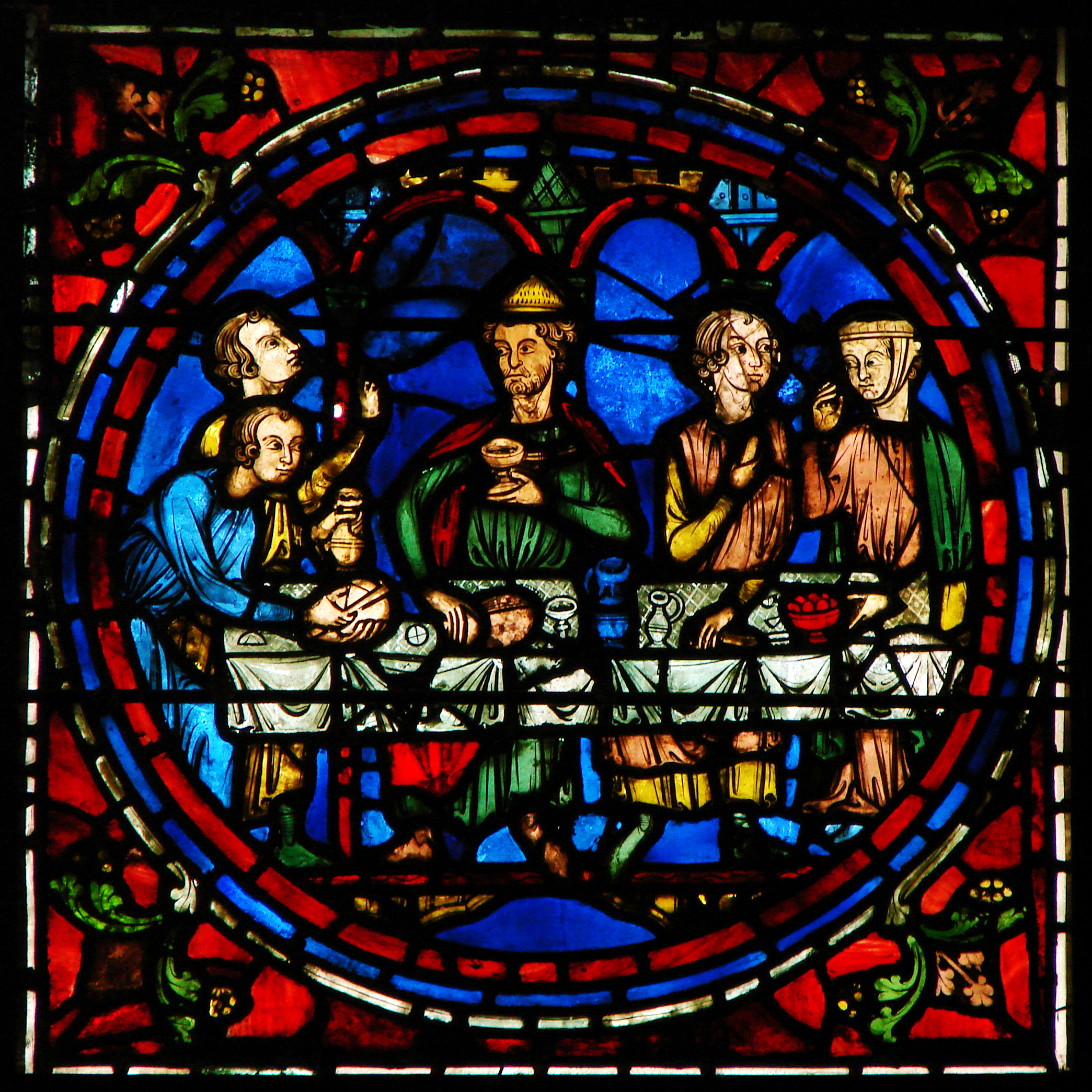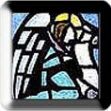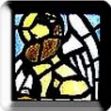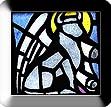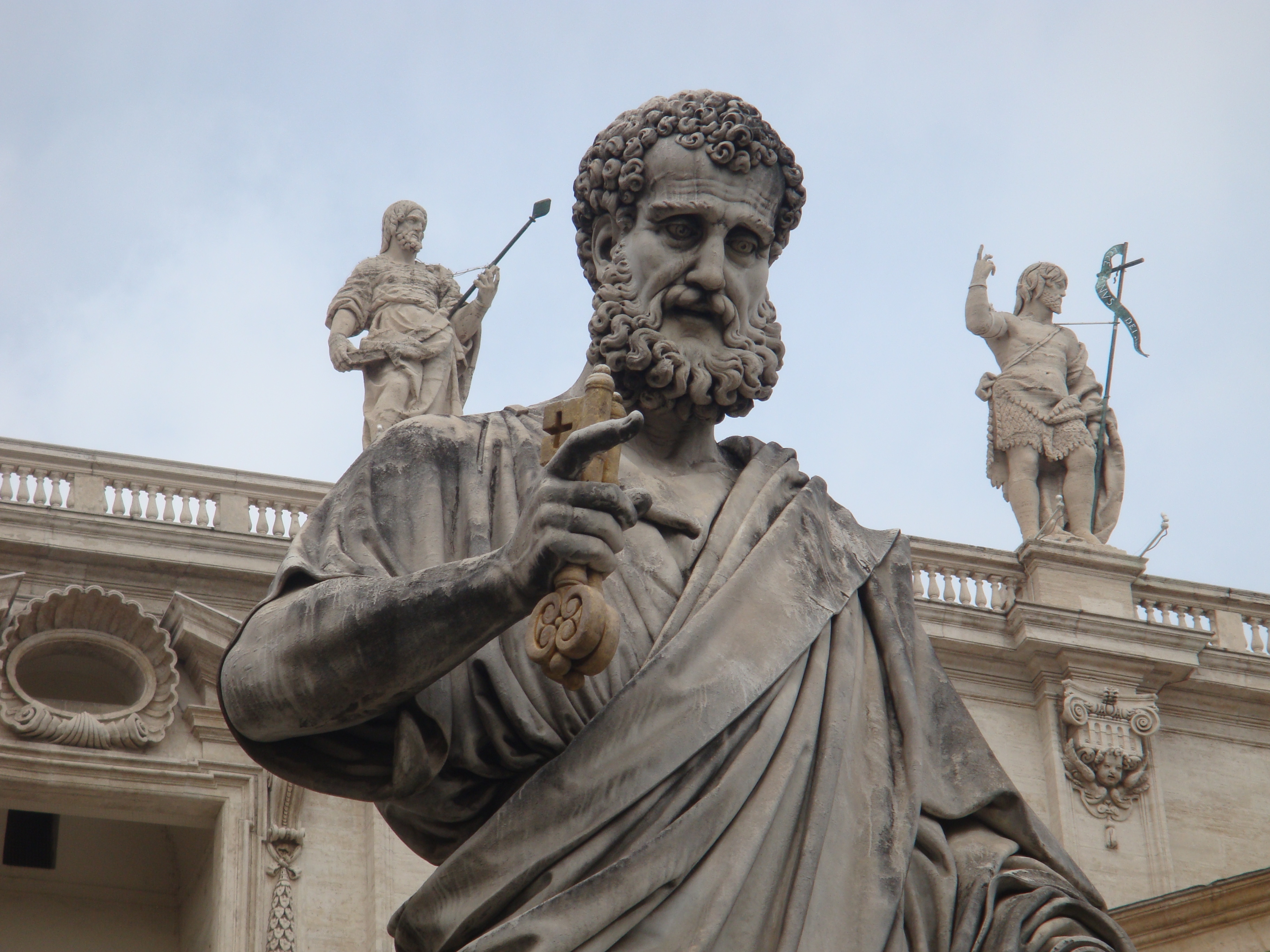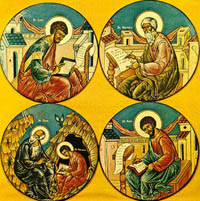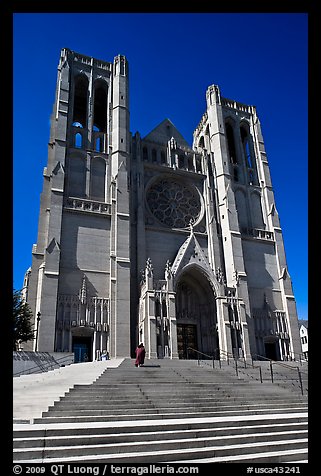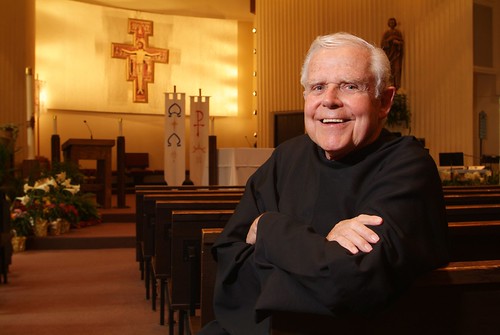

Yesterday at Castel Gandolfo, the pope's summer residence, Benedict XVI reminded a group of pilgrims to take note of the beauty we find in our cathedrals and abbeys.
The Pope made this invitation: "Be attentive in allowing yourselves to be swept up by the beautiful ideal that inspired the builders of cathedrals and abbeys, when they built these striking signs of the presence of God on our earth. May that ideal become yours and may the Holy Spirit, who sees the depth of hearts, inspire you to pray in these places, rendering thanks and interceding for humanity of the third millennium!"
Cathedrals and many other Catholic churches contain beauty that is meant to point to God and to the truths of our Faith. Our churches are often times rich with meaning and symbols that we may not often take note of. I would like to spend the next few posts calling to mind some of our common art and symbolism.



